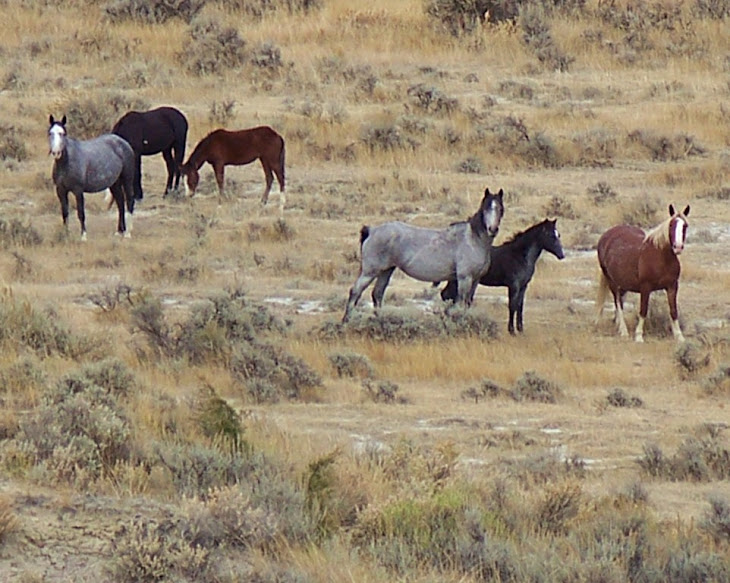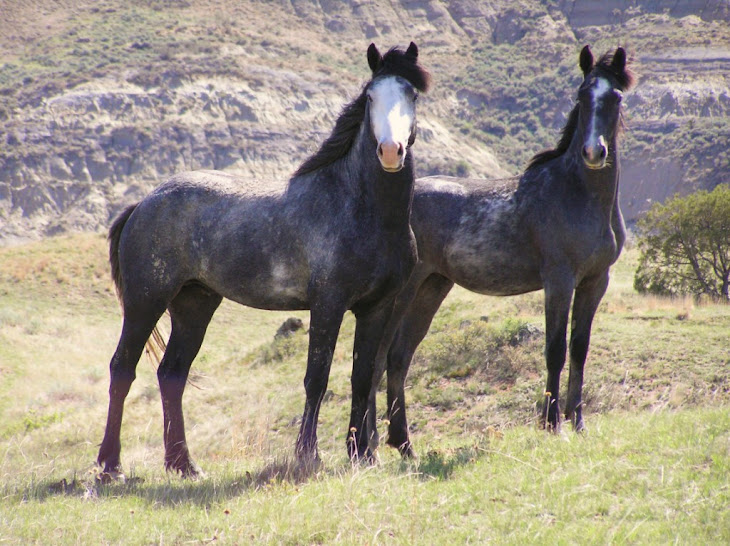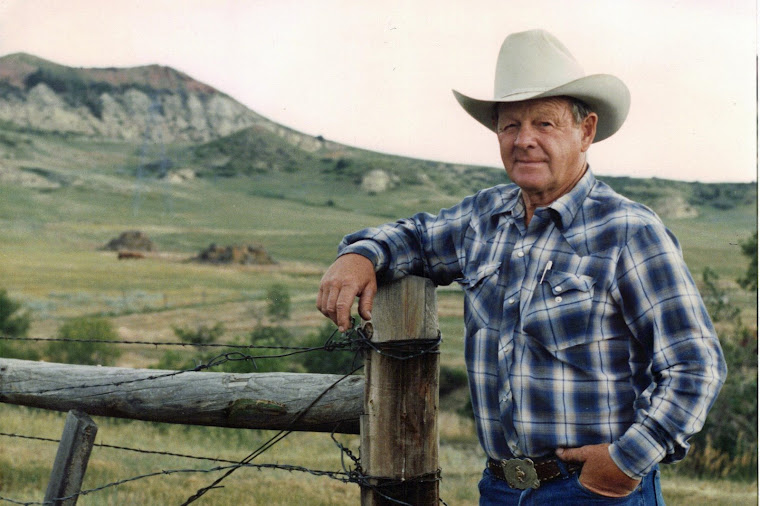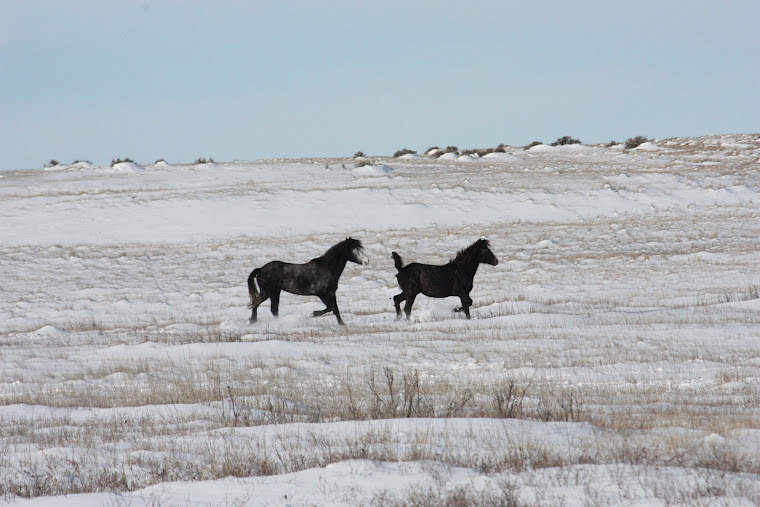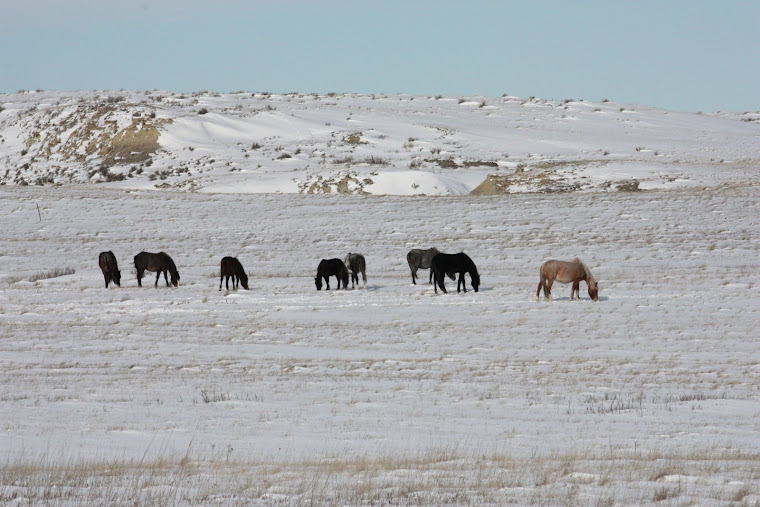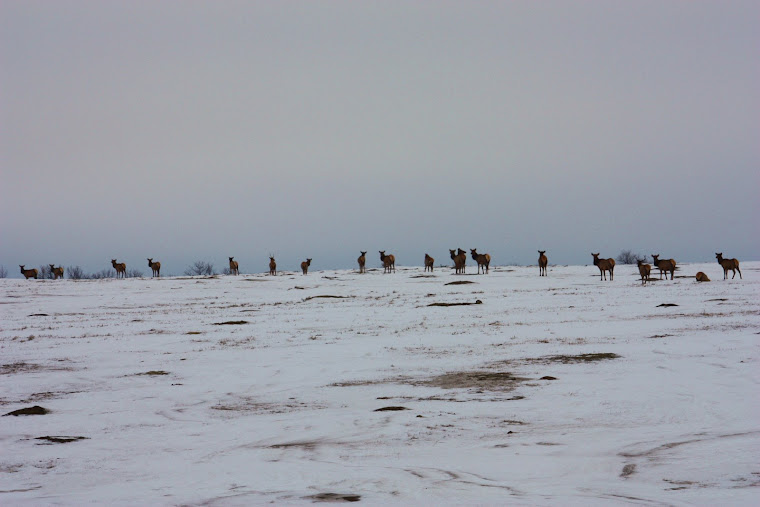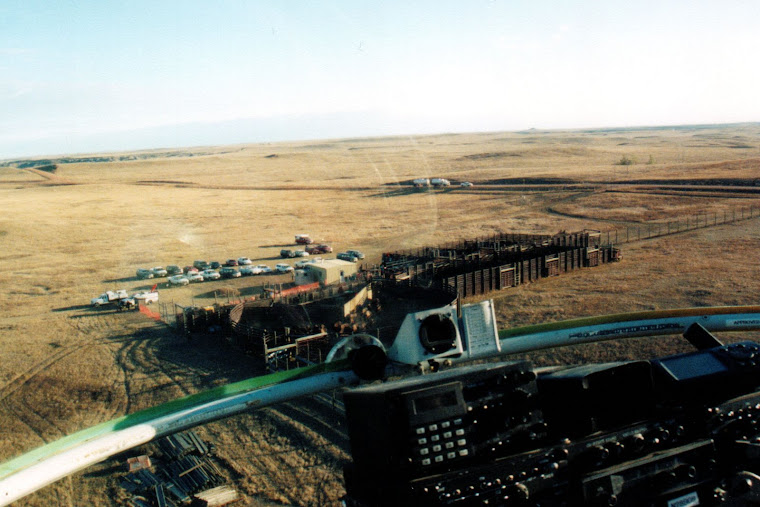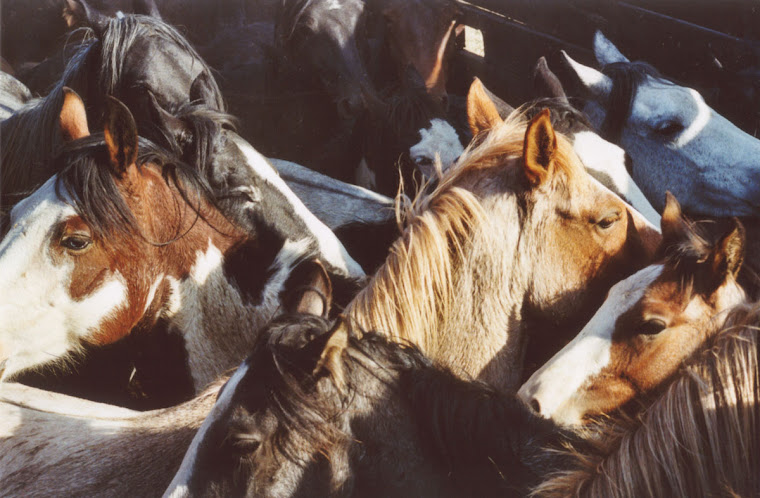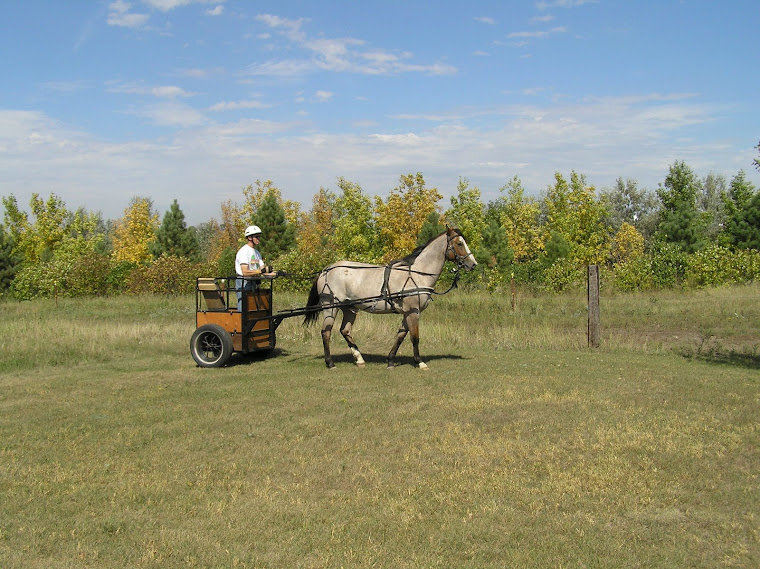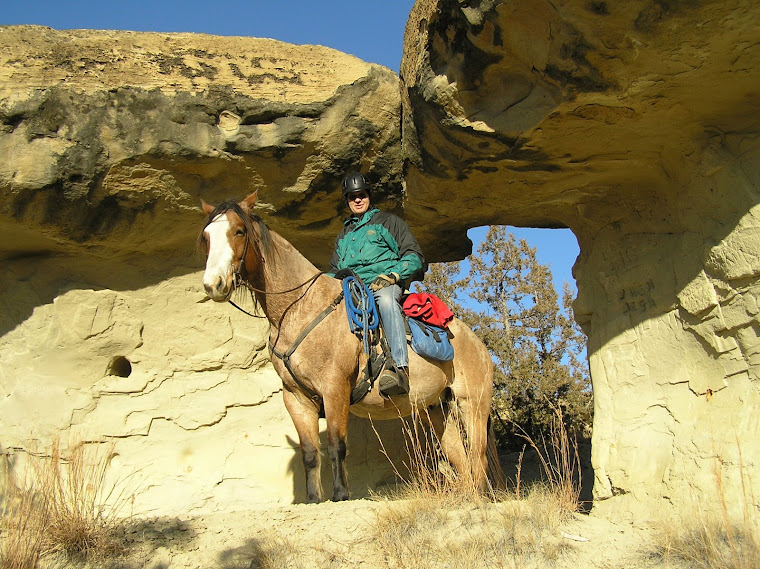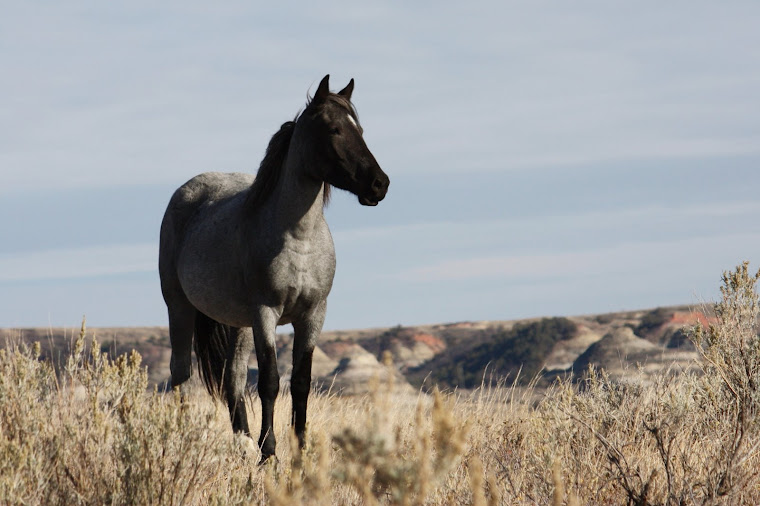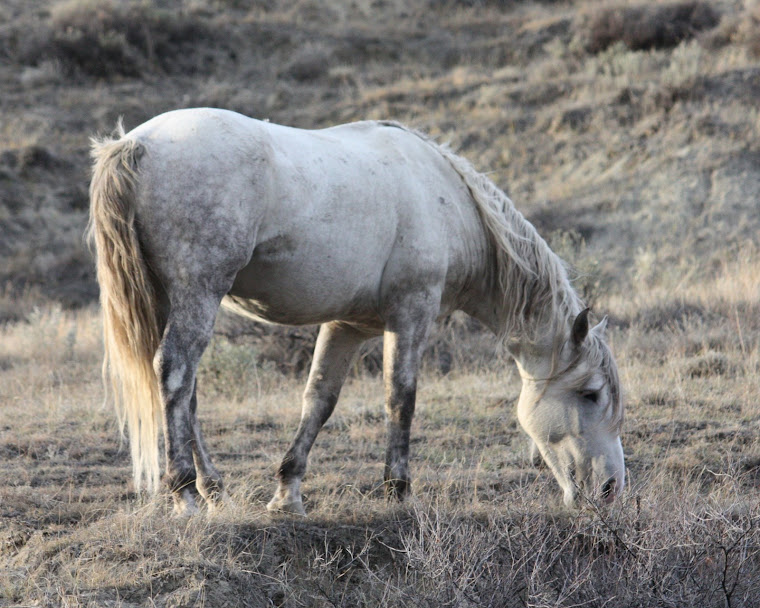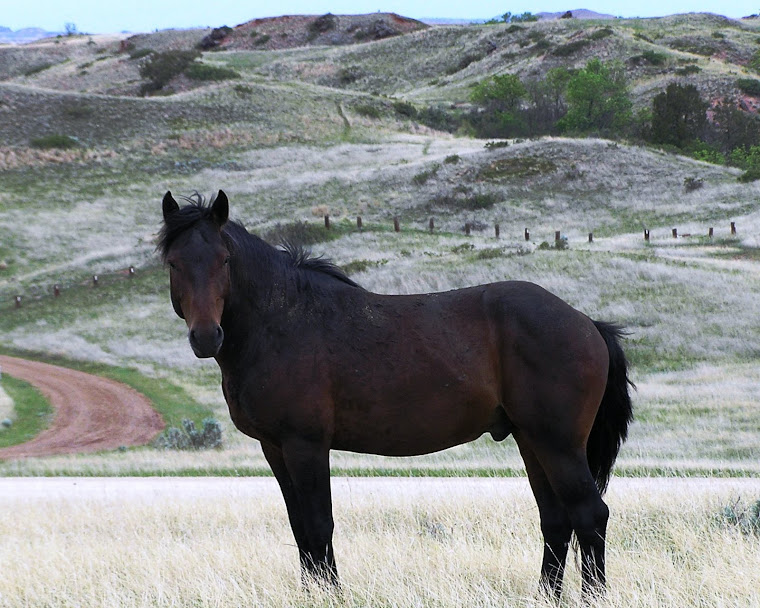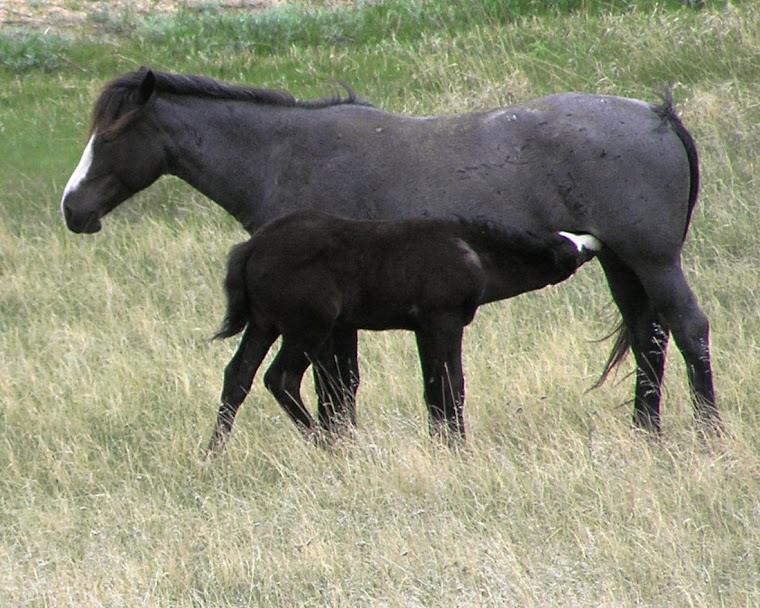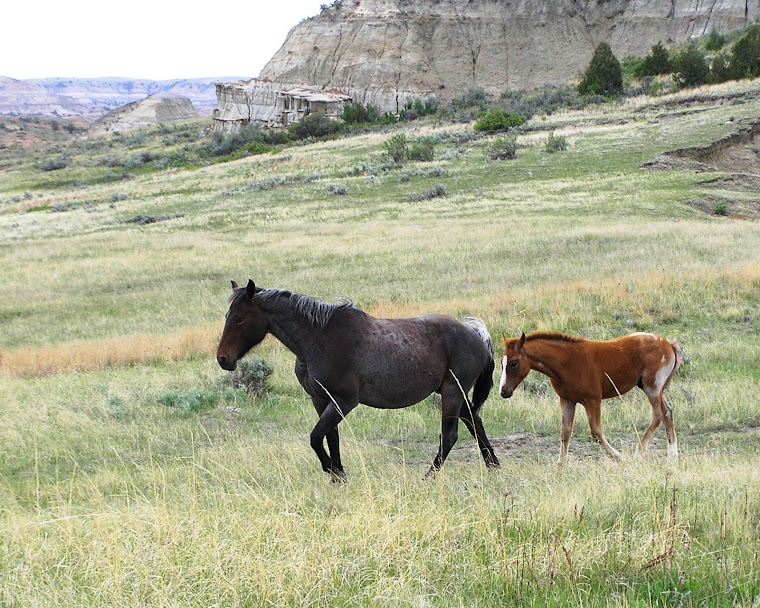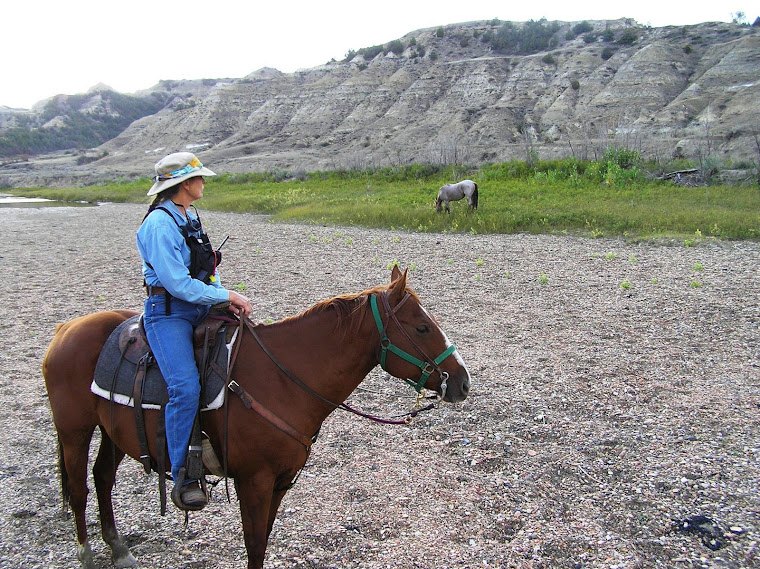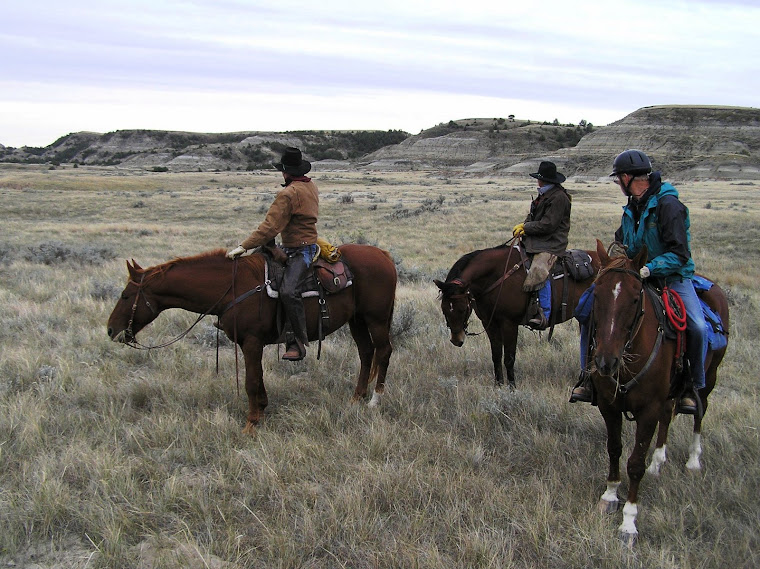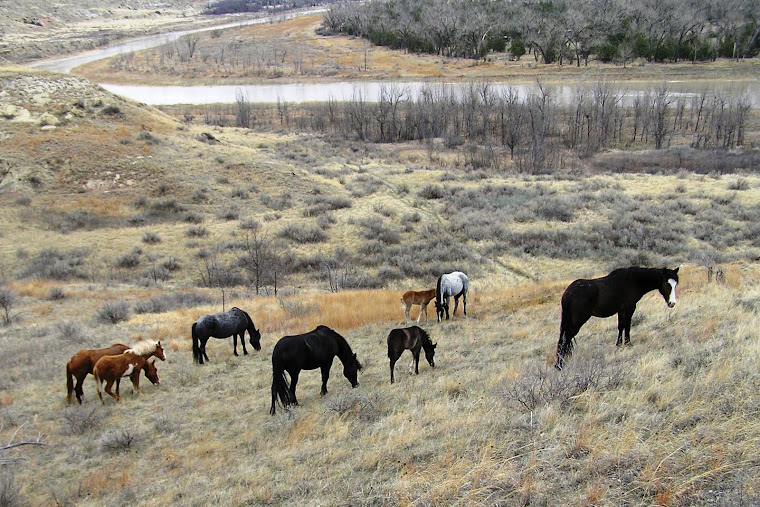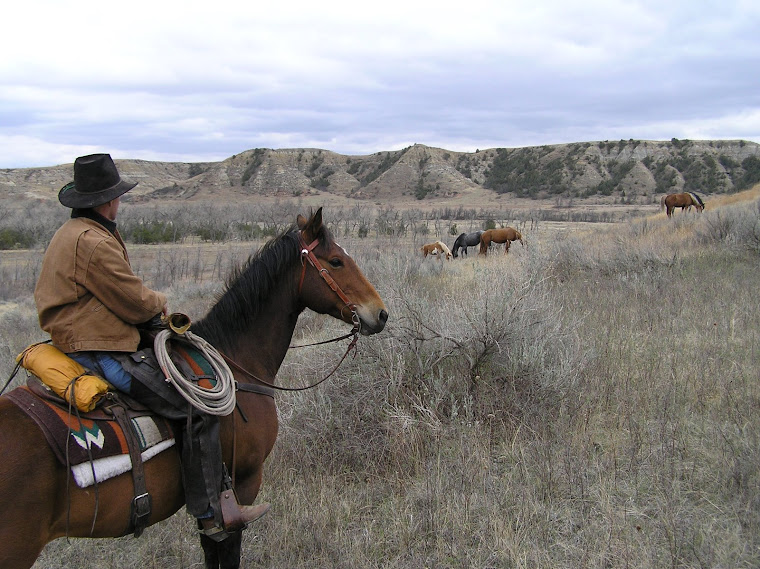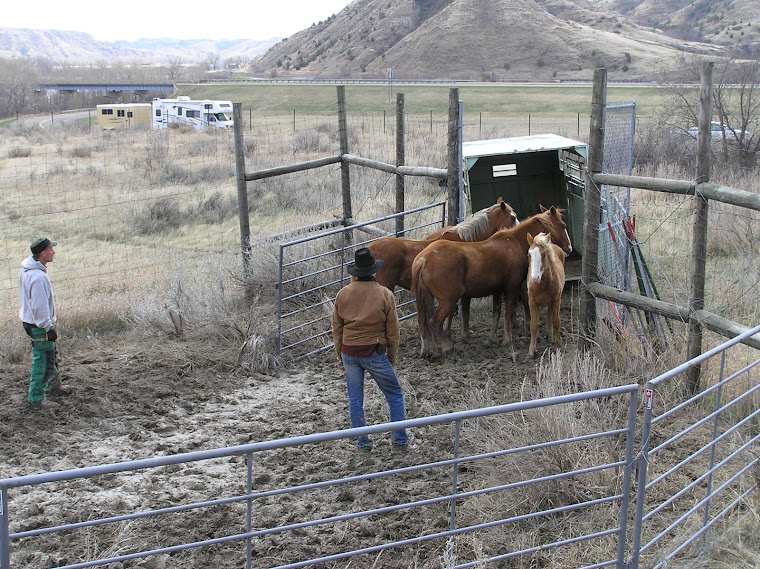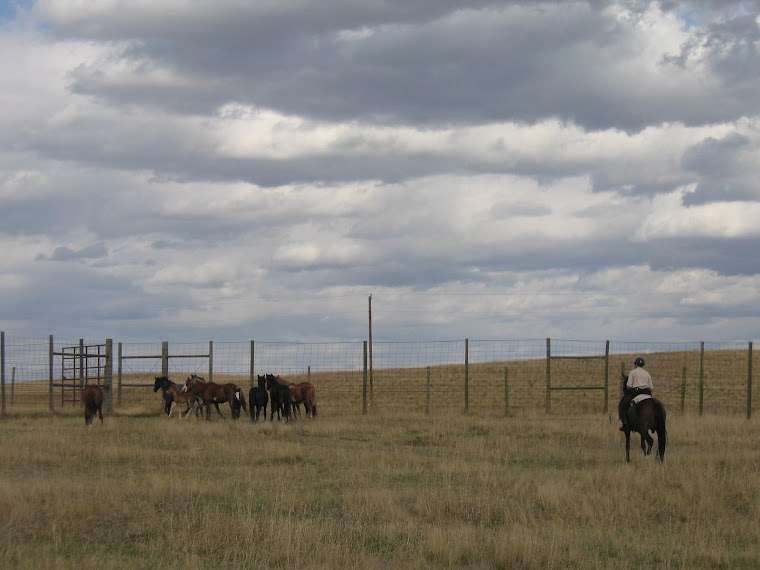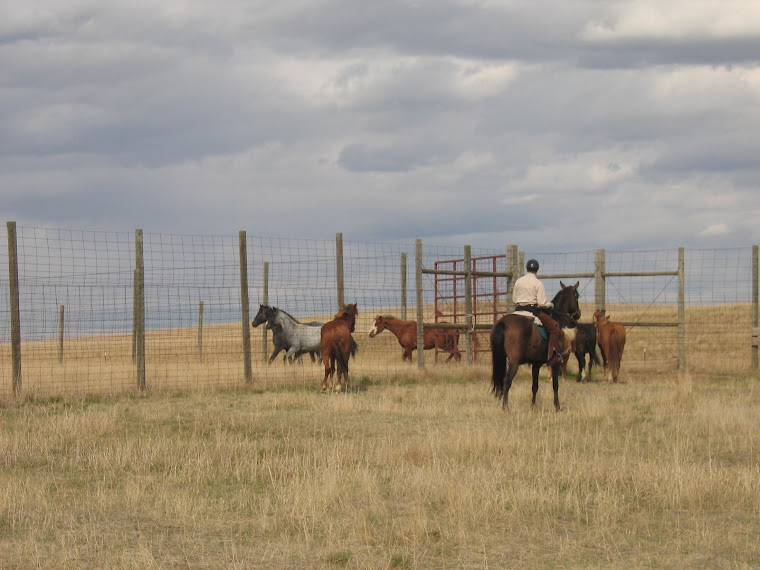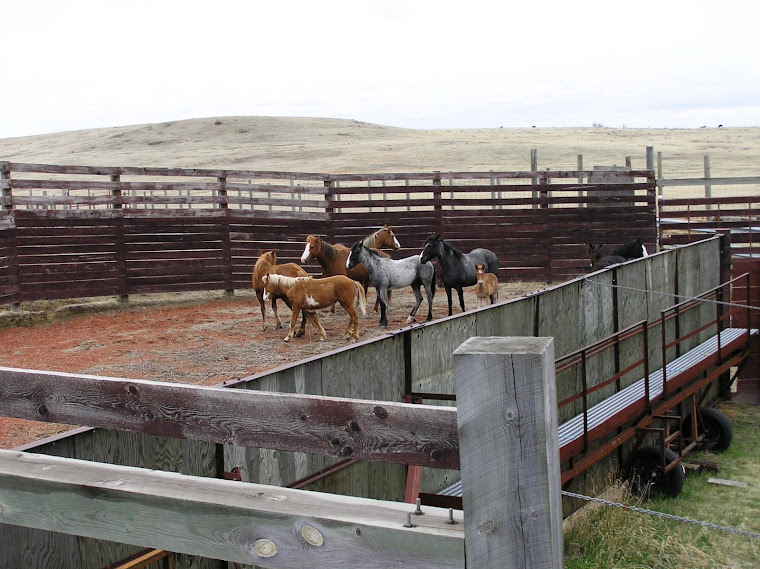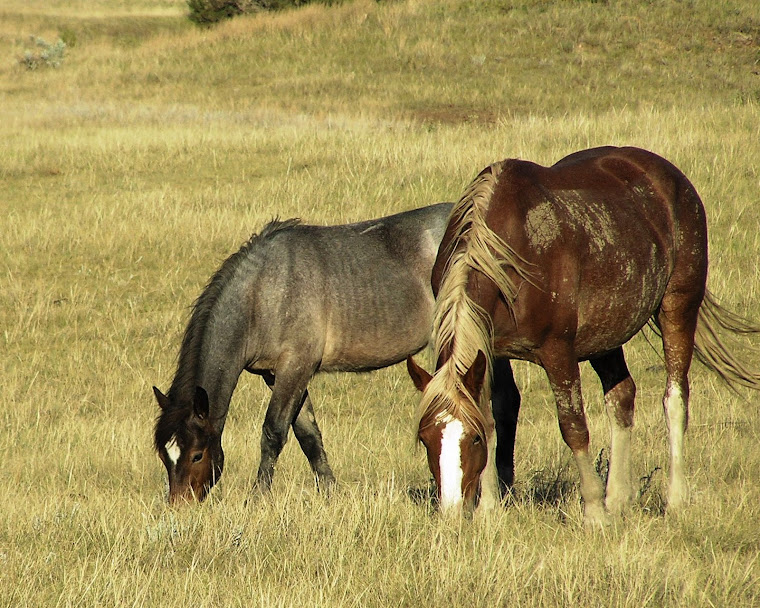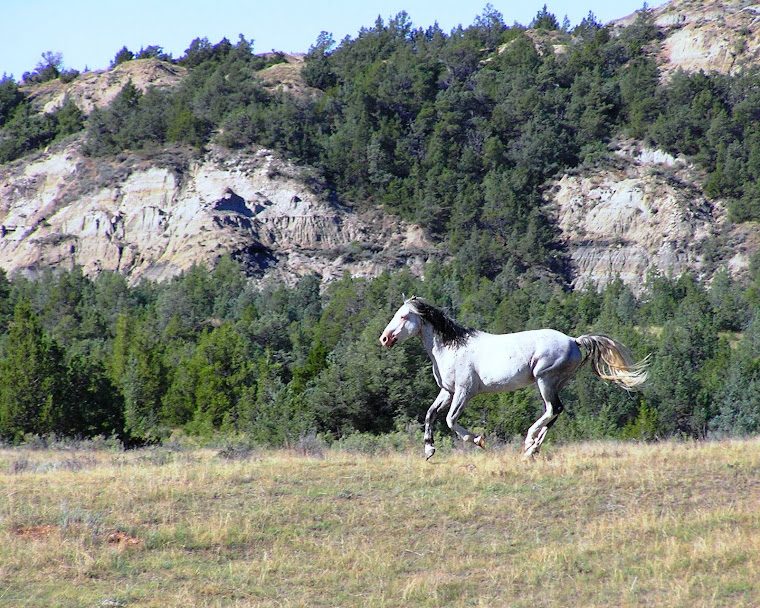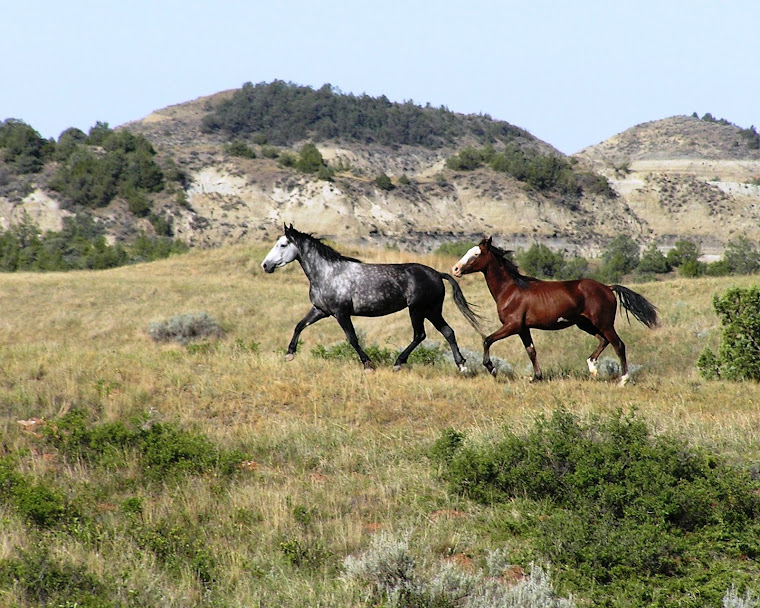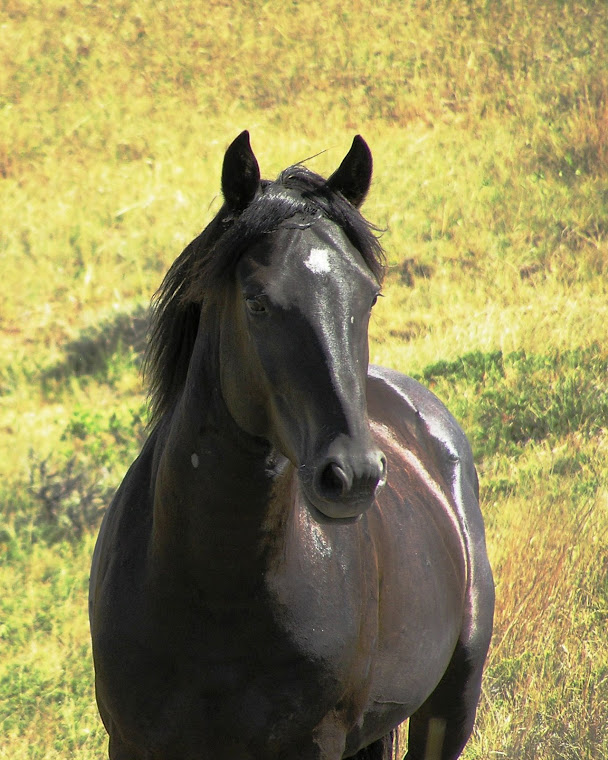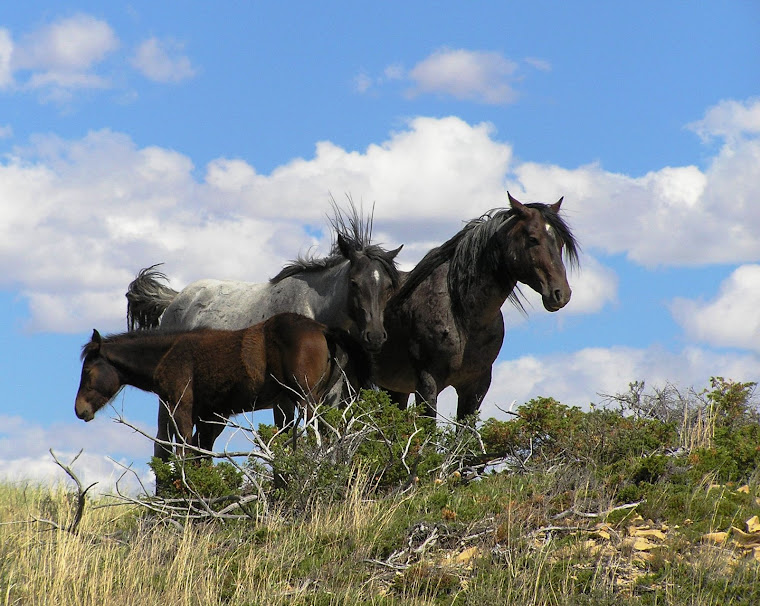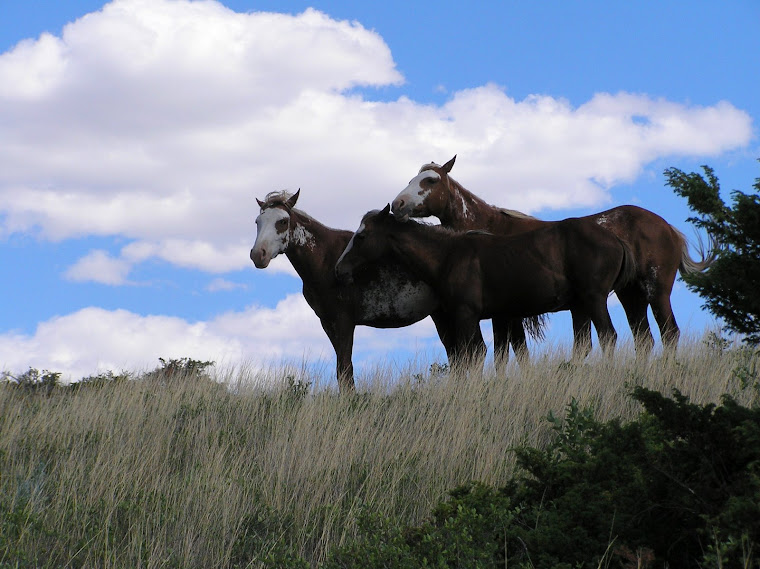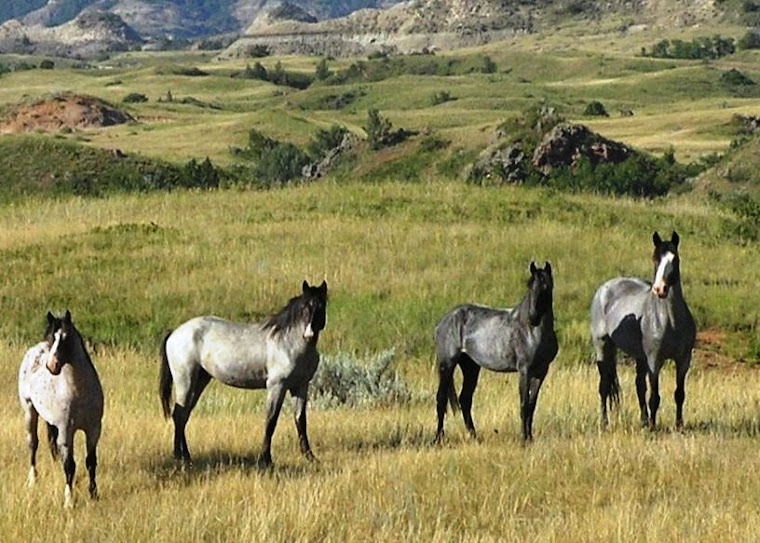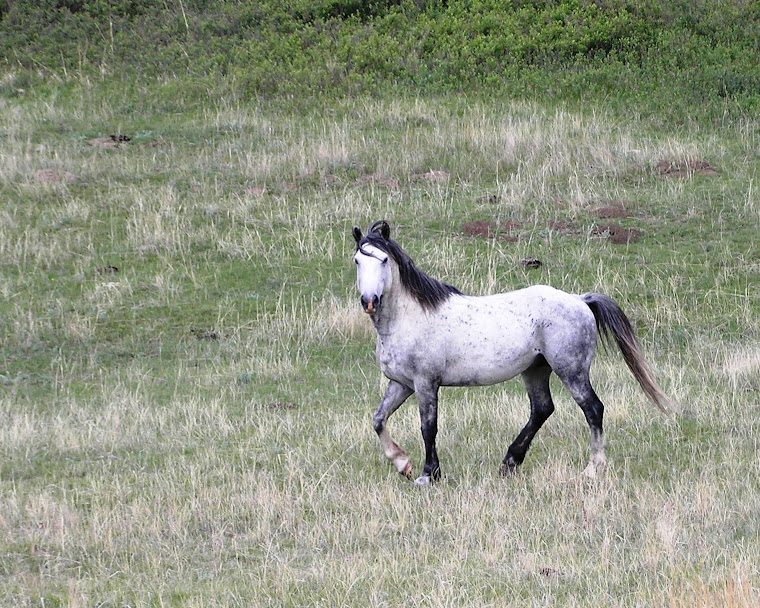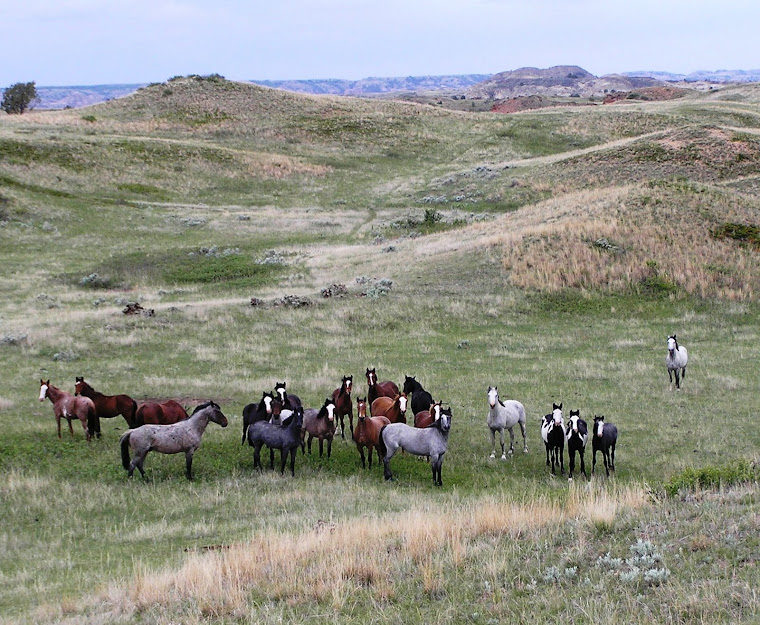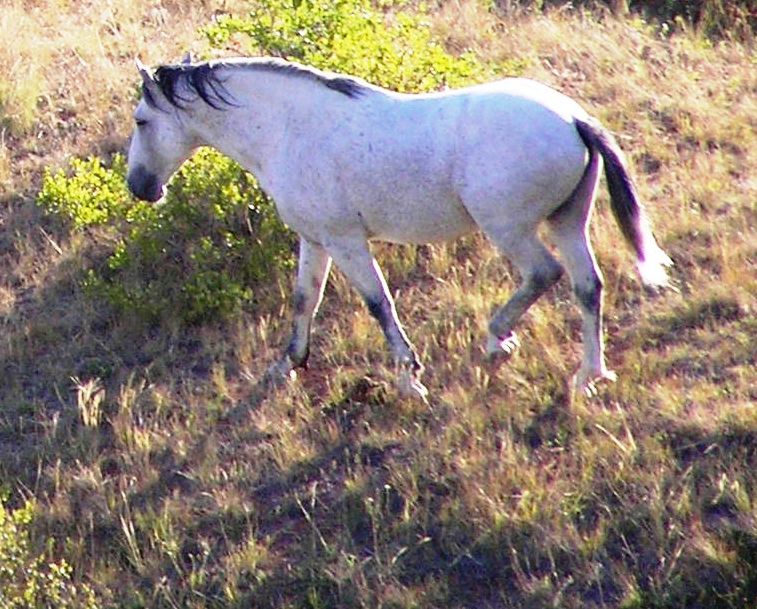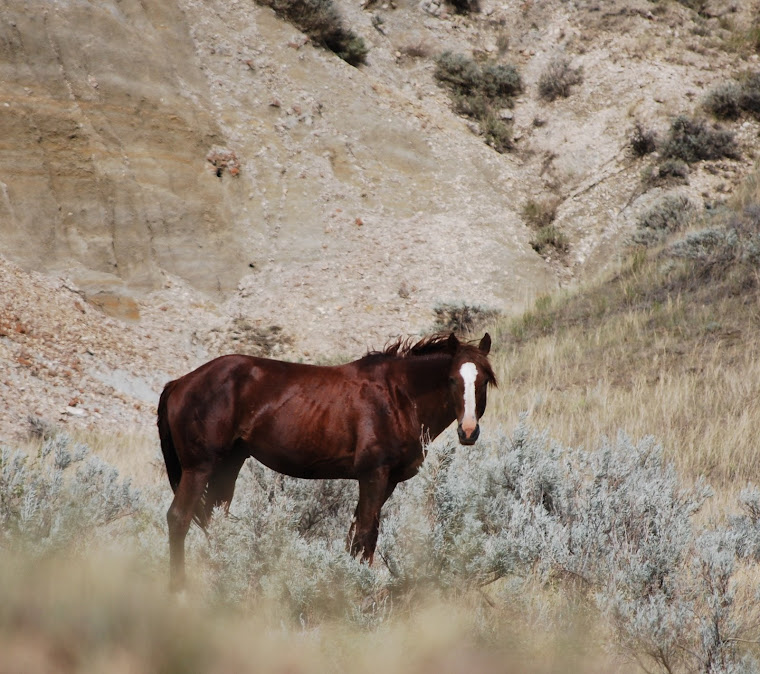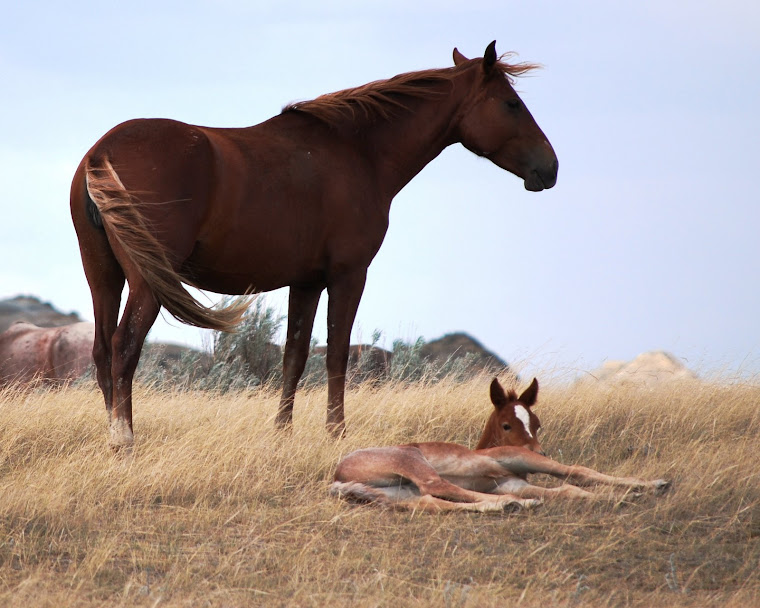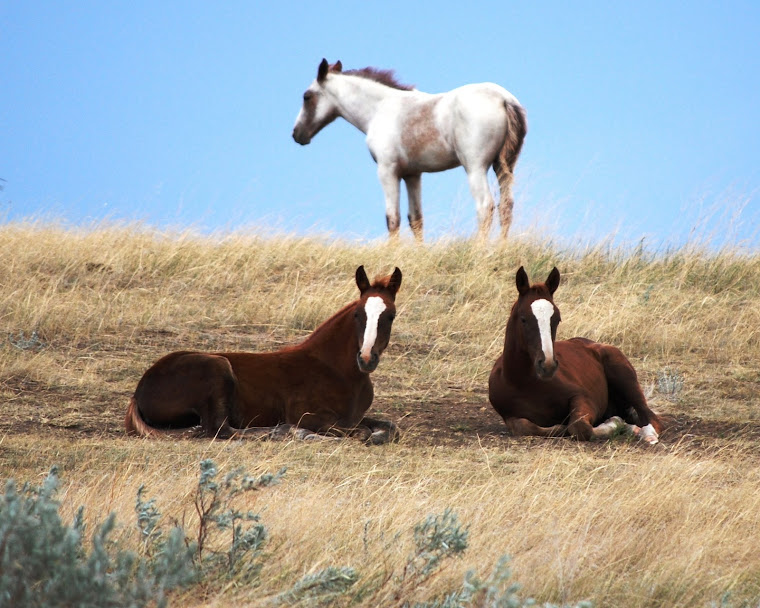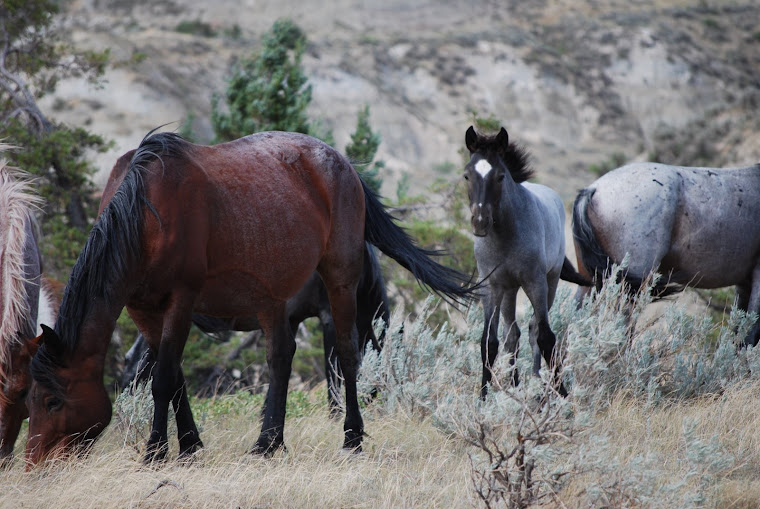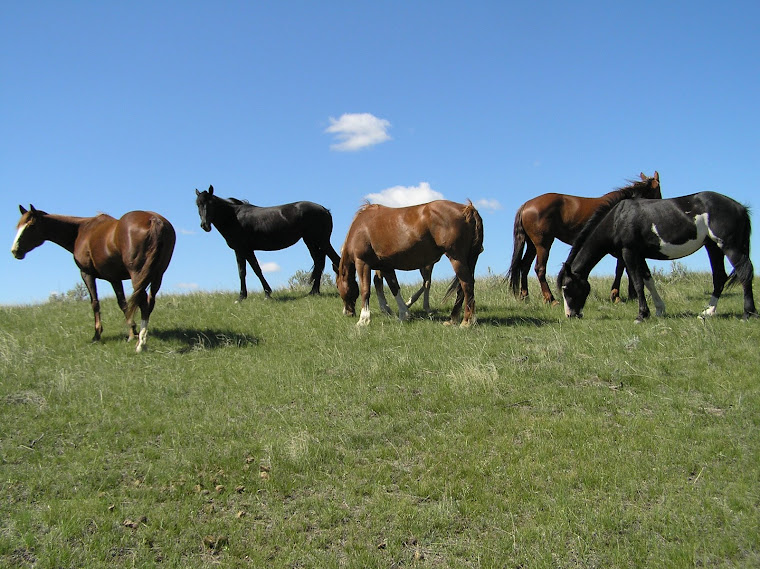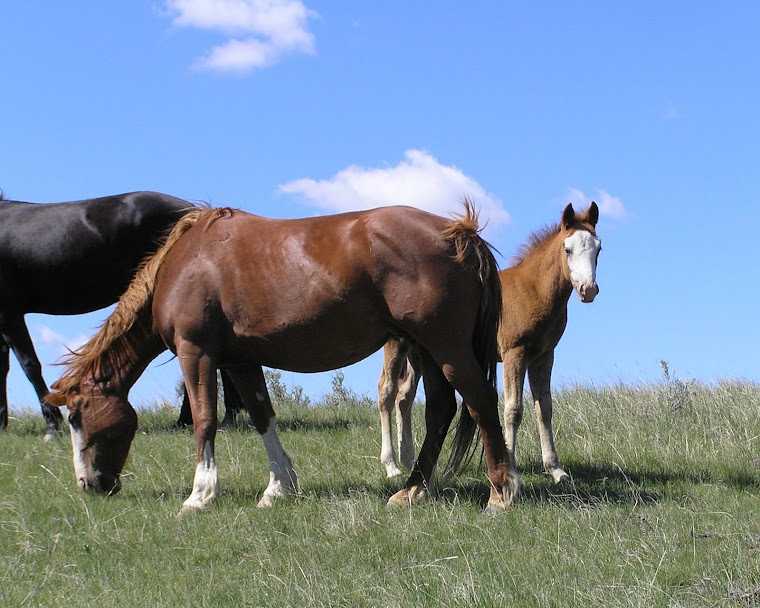ADOPTION
OF NORTH DAKOTA BADLANDS HORSES
POLICY
·
The North Dakota Badlands Horse (NDBH) goal
is to place wild horses from TRNP in a safe environment where they will be
gentled and trained, not lost to slaughter.
·
NDBH does not endorse breeding of these
horses because of the availability of other high quality horses coming out of
the park in the future.
·
Proceeds from sales of North
Dakota Badlands Horses are used in accordance with and to further the
Partnership Agreement with TRNP and NDBH for the welfare of the wild horses.
·
The base fee is $350. This fee will include Coggins testing, health
certificate, brand inspection, DNA testing to support ongoing research, and
possibly other costs such as worming. The cost of castration will be added onto
the base fee of a stallion. (If a stallion has not already been castrated, $200
will be added to its base fee to be refunded with proof of castration from a
Veterinarian.) Also included in the base
fee is a Certificate of Registration (with ancestral DNA report if available),
which will be granted once requirements are met.
·
REQUIREMENTS: horse must be gentled
enough to be caught, haltered, and led, and in good condition as shown in
photos or video. Digital photos or video
are preferred showing horse being caught, haltered, and led. For registration, 3 digital photos (each side
of the horse and the full face, showing all markings) must be submitted along
with the horse’s registered name and owner’s name and address.
·
Adoption of a NDBH will be by the
highest bid received on Facebook, or by telephone (someone will represent callers)
during the prescribed time announced for bidding on Facebook. Horses will be shown by video on Facebook. Qualified adopters will be informed of the
time of an auction by Facebook or email.
·
To bid on a horse, qualified adopter
must be pre-qualified before the day of the auction. NDBH application must have been submitted and
reviewed by the NDBH Adoption Qualification Team.
·
No personal checks will be accepted;
acceptable methods of payment are: cash, Money Orders, and Cashier’s Checks.
·
Horses can be loaded only after funds
are received in full by NDBH. (Location to be announced.) Arrangements must be made with NDBH if horse
is not picked up within 7 days.
·
These horses were born wild. Therefore,
neither NDBH nor TRNP will be held responsible for any issues of temperament,
soundness, health, fitness, or level of training of the horse, nor for any
injury or damage to persons or property caused by the horses.
·
If the adopter cannot achieve gentling
of the horse or for any reason wishes to sell or give it away, it MUST be to a
good home and NDBH must have name, address, email, and phone number of the new
owner. NDBH will do our best to help
find a new adopter who would have the facility and experience to gentle the
horse.
·
If all quality of life is lost due to
age, disease, or injury, humane euthanasia and proper disposal are REQUIRED. These horses may not be sold for slaughter.
TRANSPORTATION
- Adopters must provide their own vehicles or make
private arrangements.
- Standard covered stock trailers and horse trailers
large enough for 4 or more horses are generally acceptable, contingent on
final approval prior to loading.
- NO 1-HORSE TRAILERS. Two horse trailers are not allowed
unless they are a stock type, with no internal dividers. Animals will ride
loose and must have enough space to turn around.
- Lengthwise and slant-load dividers must be removed. Drop ramp
doors are not recommended.
DISCLAIMER
All activities pursuant to
or in association with North Dakota Badlands Horse shall be conducted without
discrimination on grounds of race, color, sexual orientation, national origin,
disabilities, religion, age, or sex, as well as in compliance with the
requirements of any applicable Federal laws, regulations, or policies prohibiting
such discrimination.
However,
North Dakota Badlands Horse will reserves the right to disqualify anyone based
on knowledge of animal welfare issues with that potential adopter.
RECOMMENDATIONS
HANDLER’S EXPERIENCE
For success
with a NDBH it is recommended that the adopter:
·
Have
extensive experience in working with horses.
·
Have
some experience in gentling wild horses or young domestic horses that have not
yet been gentled.
·
If
the adopter is inexperienced, it is highly recommended that he/she work closely
with an experienced trainer in gentling a wild horse.
HOUSING FACILITY
·
No wild horses, particularly stallions, should
be turned out in ordinary wire fenced enclosures.
·
It
is best to have two horses kept together or keep the new horse penned near
others that he/she can see.
·
The
first pen for a wild horse should be at least 400 sq ft., but not too large
(60,000 sq ft would be pretty large to be able to easily move the horse/horses
into a training pen.)
·
It
is best to have a smaller round pen connected to the pen for gentling.
·
The
pen should have a shelter with a roof and at least 2 sides protecting the horse
from the wind. Any metal walls must be lined with wood to prevent serious injury. Thick trees would substitute for one side of
the shelter if they stop the wind.
·
Fences should be no less than 5 ½ ft.
high for horses 12 months and under and no less than 6 ft. for those older than
12 months.
·
Fences
should be of sturdy wood or metal construction with no more than 1 ft. between
rails. Steel mesh may be used if
openings are no more than 3 inches.
·
No
sharp edges, protruding nails or screws, etc. should be inside this structure
where horse could be cut.
·
No
wire should be used to confine the horse until it is gentle, castrated, and
easy to catch, then only well maintained wire fences would be acceptable.
·
Once
the horse is gentle it should have more space to run and move. Stalling is not recommended for these horses
but can be used if turnout is often and large enough for the horse to run. These horses are good jumpers so be aware of
that even after gentling.
FEED
·
Fresh
grass and clean grass hay is recommended.
These horses are not used to rich feeds.
Small amounts of grain based feed are OK when the horse is growing and
if it is very active, but avoid too much grain.
·
Always
have plenty of fresh water available year round.
·
Supplements
are OK but not necessary if the horse has plenty of good clean grass hay.
VET AND FARRIER CARE
·
Castration is highly recommended on all
stallions. Talk to your Vet. about the proper time.
·
Vaccinating for rabies is recommended as
soon as possible.
·
Use
other vaccinations as recommended by your Vet. or your situation
·
Worm
with feed as soon as you can get the horse to eat small amounts of feed unless
the horse has been wormed at the time of capture. Oral wormers are recommended as needed once
the horse is gentle.
·
As
soon as you can handle feet have the hooves trimmed. It often works well to have the farrier trim
hooves when a stallion is under sedation for castration.
·
Have
your Vet. or Equine Dentist check teeth as soon as you can handle the horse’s
head. This also works well when a
stallion is castrated. Pull wolf teeth
at this time.
·
It
is wise to have a young horse’s teeth checked often to prevent dental issues.
TRAINING
·
Gentling
should be done slowly and patiently.
·
Excessive
running in a round pen or on a lunge line is damaging to young legs.
·
Keep
training periods short but often with young horses.
·
Do
not tie a young horse solid as it can cause damage, injury, or even death.
·
Seek
the help of a good natural trainer or learn from DVDs and videos from
respected, experienced trainers if you are unsure about the gentling process.
·
Under
saddle training is not recommended until the horse is at least 3 years old,
although teaching acceptance of a saddle and weight in the saddle is acceptable
at younger ages.



